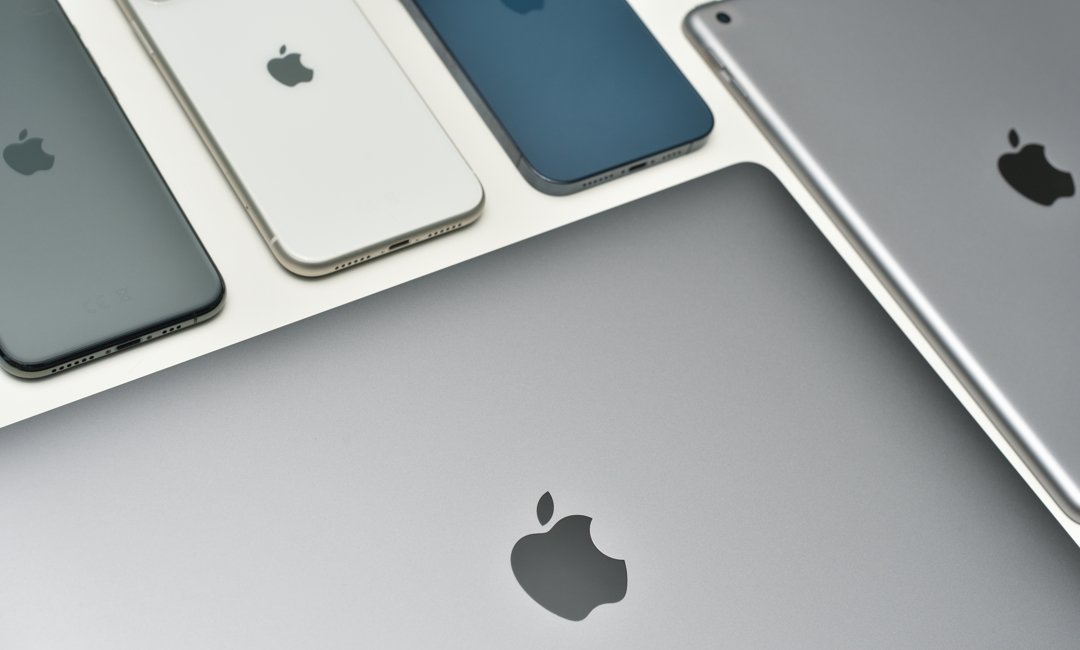It may seem like comparing legal marketing to technology consumer products is like comparing, well, apples to oranges. But law firms and attorneys can learn a lot about effective, best practices for legal marketing from Apple, Inc. ‘s marketing strategies.
Offering fabulous technology products is, obviously, a huge part of Apple’s success. The other part is how Apple gained a significant competitive advantage through some simple marketing strategies. At the core (pun intended) of every one of Apple’s campaigns are these three concepts:
- Customers don’t know what they want — we need to tell them.
- Avoid price wars and never under-cut our value.
- Apple’s products take a minimalist approach; so too should our marketing.
Here is how law firms and attorneys can apply Apple’s unrivaled marketing strategy to their own legal marketing strategies:
Product Placement
Apple formed and maintains great relationships with the entertainment industry and celebrities, ensuring its products appear in actors’ hands-on Instagram posts and on the desk in film office scenes. The product placement strategy is based on the premise that, when customers see the products being used by entertainers they admire, they’ll rush out to buy the same products. There’s also a subliminal marketing strategy for product placements. Consumers don’t realize they are being exposed to the brand, but they feel it is familiar to them when shopping, leading them to purchase the brand’s products.
Unless your practice involves representing one of the Real Housewives in her divorce, chances are you will not have your law firm featured in a television show. But that blog you posted on social media about the new tort law and the free seminars you give on estate planning at the senior center? That’s product placement. From content marketing to networking to sponsoring an event — all these tactics are about branding… the key premise of product placement.
Create Buzz
In the weeks leading up to a new product launch, the tech media goes bonkers with anticipation. Reporters interview tech experts, Apple “insiders,” and each other to share any information they can. This generates both awareness and excitement.
Law firms and attorneys can also create buzz through referrals and testimonials. To wit, in 2012, Nielsen’s widely cited Global Trust in Advertising report found that 92% of consumers trust recommendations from friends and family, and 70% trust other consumers more than they trust advertising. Attorneys can create buzz by turning clients into brand ambassadors. Provide good service and ask clients for referrals and testimonials to generate recommendations.
Provide Value Propositions
Apple’s products are pricier than its competitors, but they still enjoy the largest share of the U.S. market for cellular phones and tablets — by a huge margin. This is because Apple focuses on marketing its products as they are: Beautifully designed, easy-to-use solutions for so many problems. The new iPhones will never be on sale because Apple knows price slashing will telegraph to consumers that the device can be valued for less.
Likewise, law firms and attorneys must show through marketing that their services are worth paying for. In addition to tactics like referrals and testimonials, attorneys must convey that he or she is uniquely qualified to provide the advice and counsel that will effectively resolve the clients’ issues. We previously discussed how to do this in Going Up: Elevator Pitches for Law Firms and Attorneys. The key is to identify what makes the practice or the attorney different and show that through website biographies and practice area descriptions, brochures, advertising, and sharing successes through public relations, social media, etc.
Keep it Simple
The Apple website uses bold, simple imagery to showcase its sleek products. Very little text is used to introduce the products. The messaging focuses on the products’ unique benefits to consumers: From the Apple Watch’s bigger screen to Airpods’ “magical connection to your devices.” The same approach is used in many of Apple’s print, television, and billboard ads.
Whether it be an elevator pitch or a blog post, mimic Apple’s minimalist approach. Save the technical details for those who want it — they will search your website or ask you about it if interested. Introduce yourself and your practice in the simplest way possible. Avoid jargon and explain how you help clients. Communicate clearly, succinctly, and often with your target audience, including via social media, marketing emails, on the telephone, or in person. Remember: A potential client may not know they need you, but once they learn how you help people like them, you can become the answer to their problems.



